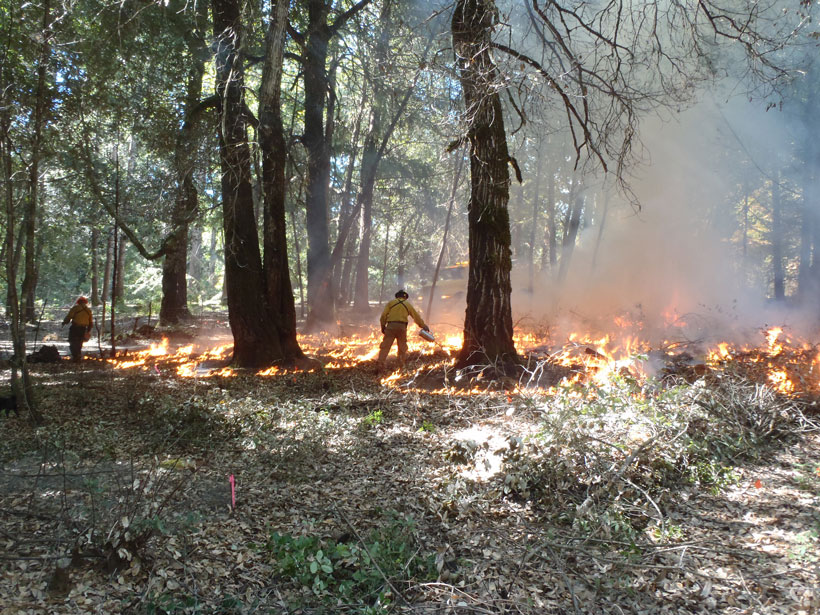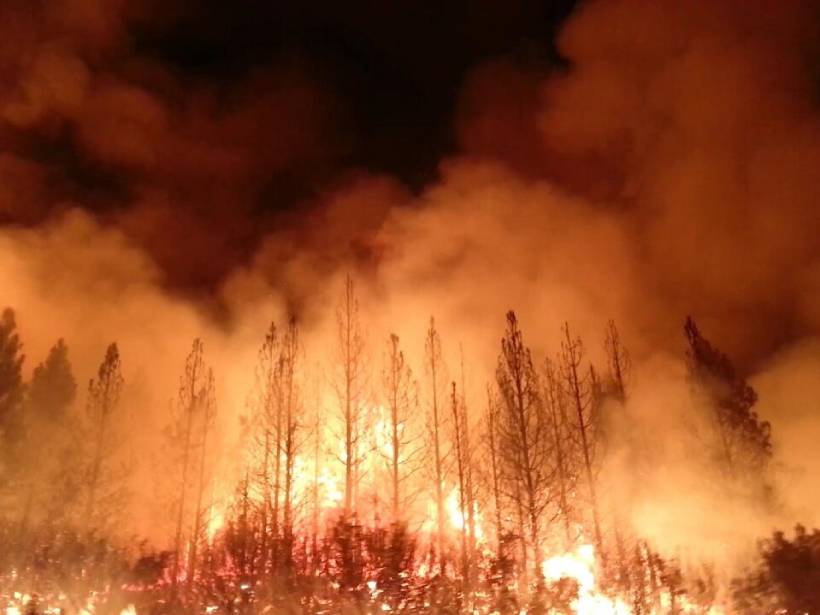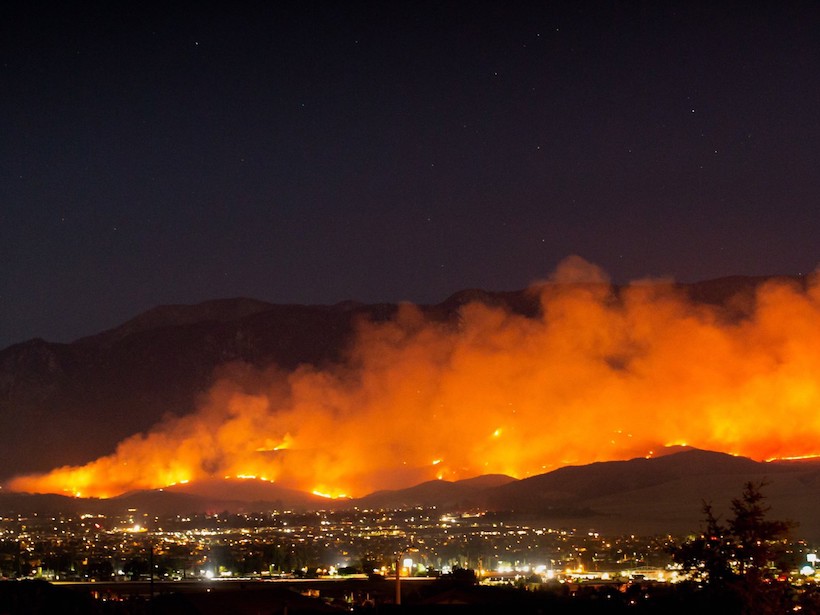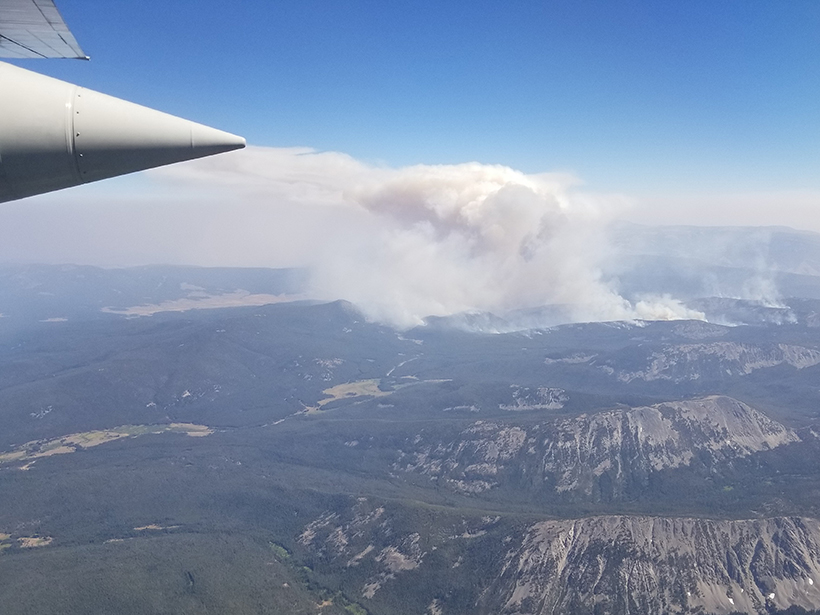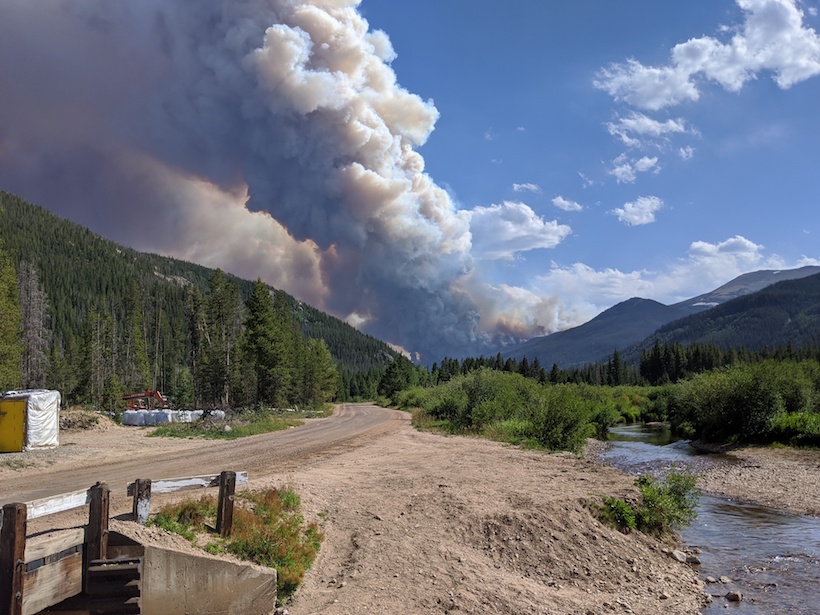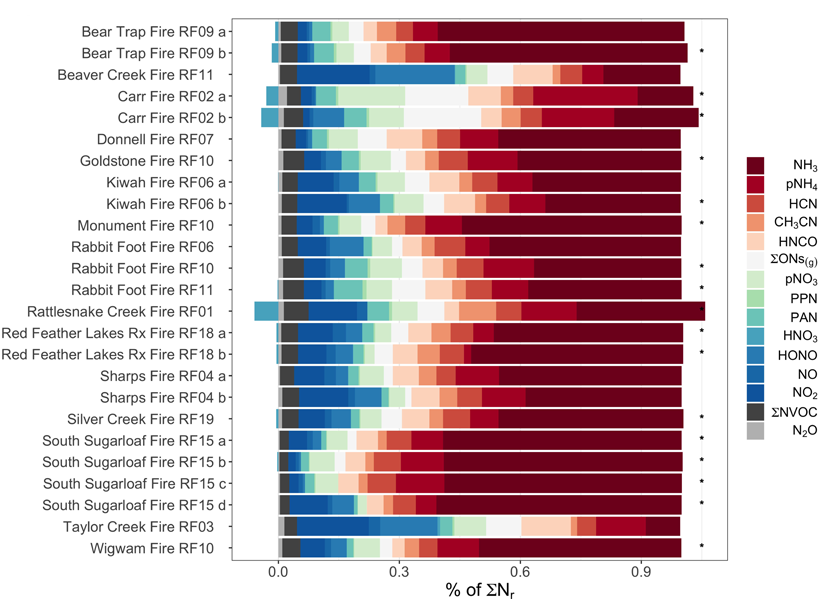Research is increasingly showing how drought, heat, and wildfire influence each other. Ongoing collaborations provide templates for how best to study these phenomena and plan for their future impacts.
wildfires
Fire as Medicine: Learning from Native American Fire Stewardship
For centuries, Indigenous peoples have worked to live in harmony with fire. Can integrating such cultural practices into contemporary wildfire management help prevent catastrophic wildfires?
Mass Bird Die-Off Linked to Wildfires and Toxic Gases
Using observations from crowdsourced science and weather location data, researchers concluded that wildfires caused a mass die-off of birds in the western and central United States in 2020.
Widespread Wildfire as a Proxy for Resource Strain
Researchers have found a strong correlation between the number of days with widespread, synchronous fire danger and resource allocation across the western United States.
Uncovering Patterns in California’s Blazing Wildfires
A study of trends in wildfire occurrence over the past 30 years shows that environmental, climatic, and human-related factors can point out regions with high fire probabilities.
Seeding Ice Clouds with Wildfire Emissions
Wildfires create airborne plumes of organic and inorganic matter as they burn. These particles can nucleate cloud-forming ice crystals and affect cloud dynamics, precipitation, and climate.
Advances in Satellite Data for Wildfire Smoke Forecasting
Observations from the newest geostationary Earth-observing satellites are offering valuable views of fire progression and smoke plume development and helping simulate impacts from large wildfires.
Evaluating Environmental Predictors of Western U.S. Wildfires
A new analysis highlights the importance of carefully selecting the environmental variables used to drive future changes in wildfire burn area in climate models.
Deciphering Reactive Nitrogen Emissions from Wildfire Smoke
In-situ data gathered from an aircraft flying over 23 western US wildfires in 2018 reveal the importance of reduced nitrogen, shedding insights on ozone and aerosol formation from wildfires.


